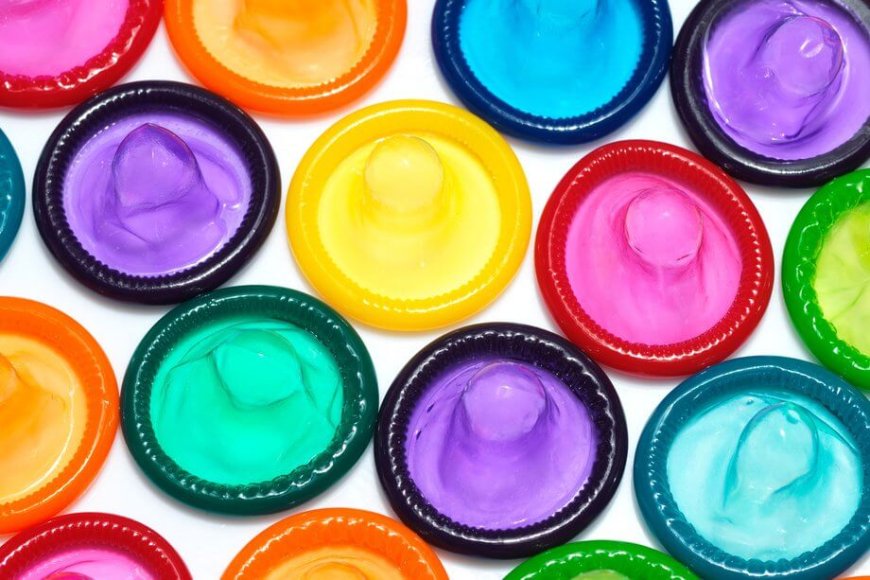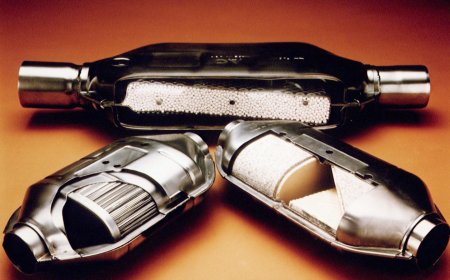Condom Sense: Why Proper Condom Use is Important for Sexual Health
How to choose the right condom for effective protection against STDs and pregnancy. Importance of proper fit and find the best material, size and shape.

Condom Sense: Why Proper Condom Use is Important for Sexual Health
We understand that when it comes to sexual health, using condoms is an essential practice for both partners. However, finding the right fit and understanding the importance of condoms is a crucial aspect of sexual health that often goes overlooked. In this article, we will delve into the various factors one should consider when choosing a condom, and why the right fit is necessary for effective protection.
Importance of Proper Condom Use
Condoms are one of the most effective ways to prevent STIs and unwanted pregnancy. They work by preventing bodily fluids from coming into contact with your partner's body, which reduces the risk of transmission. Condoms are also easy to use and widely available, making them an accessible option for anyone who wants to protect themselves during sexual activity.
How to Use Condoms Correctly
Proper condom use is essential to maximize the protection they offer. Here are the steps to use condoms correctly:
Step 1: Check the Expiration Date
Before using a condom, always check the expiration date to ensure it is still effective.
Step 2: Open the Package Carefully
Tear the package open carefully, avoiding any sharp objects that could damage the condom.
Step 3: Check for Tears or Damage
Inspect the condom for any tears or damage before use. If the condom is damaged, discard it and use a new one.
Step 4: Pinch the Tip
Pinch the tip of the condom to leave some space for semen to collect, reducing the risk of breakage.
Step 5: Unroll the Condom
Unroll the condom over the erect penis, rolling it all the way down to the base.
Step 6: Use Lubrication
Using lubrication can reduce the risk of breakage and make sex more comfortable. However, make sure to use water-based lubricants with latex condoms, as oil-based lubricants can weaken latex and increase the risk of breakage.
Step 7: Dispose of the Condom Properly
After sex, remove the condom carefully, wrap it in tissue, and throw it away in the garbage bin. Do not flush it down the toilet, as it can cause blockages.
Choosing Right Condom
Choosing the Right Condom When choosing a condom, it is essential to consider factors such as material, size, and shape. There are various materials available on the market, including latex, polyurethane, and polyisoprene. Latex is the most common material used for condoms, and it is highly effective at preventing pregnancy and STDs. Polyurethane and polyisoprene are non-latex options that are ideal for people with latex allergies or sensitivities.
Condom Size Matters
Size is also an essential factor to consider when selecting a condom. A condom that is too big or too small can slip off or break during intercourse, rendering it ineffective. Most condoms are labeled as standard size, but there are also larger or smaller options available for a more personalized fit. A snug fit is crucial, as it increases sensation and reduces the likelihood of slippage or breakage.
Shape
Shape is another consideration when choosing a condom. Some condoms are designed with a reservoir tip to catch semen, while others are designed without a tip for a more natural feel. Ribbed or textured condoms can also provide increased sensation and pleasure for both partners.
Right Fit
Why the Right Fit Matters Using a condom that fits properly is crucial for effective protection against STDs and pregnancy. A condom that is too loose can slip off during intercourse, while a condom that is too tight can break. This is why a snug fit is necessary for proper protection.
In addition, using a properly fitting condom can increase sensation and pleasure for both partners. A condom that is too tight or too loose can reduce sensitivity and make sex less enjoyable. Finding the right fit can enhance the sexual experience and make it more enjoyable for both partners.
Benefits of Using Condom
Using condoms during sexual activity offers numerous benefits for both partners, including:
-
Protection Against STDs: Condoms are highly effective at preventing the transmission of sexually transmitted diseases (STDs). Using a condom during intercourse can significantly reduce the risk of contracting STDs such as chlamydia, gonorrhea, and HIV.
-
Preventing Unplanned Pregnancy: Condoms are an effective form of birth control when used correctly. They prevent sperm from reaching the egg, reducing the likelihood of unplanned pregnancy.
-
Increased Comfort and Pleasure: Using a condom can enhance the sexual experience by providing increased comfort and pleasure for both partners. Some condoms are designed with features such as ribbing or texture to increase sensation, while others are formulated with lubrication to reduce friction and increase comfort.
-
Easy and Convenient: Condoms are widely available and easy to use. They do not require a prescription and can be purchased at most drugstores or online. They are also discreet and can be carried in a pocket or purse.
-
Improved Communication: Using a condom can facilitate communication between partners about sexual health and preferences. Discussing condom use can help establish trust and promote safer sexual practices.
Overall, using condoms is a crucial aspect of sexual health that offers numerous benefits for both partners. From protecting against STDs and unplanned pregnancy to enhancing pleasure and communication, condoms are a versatile and effective tool for practicing safer sex.
What's Your Reaction?






















































